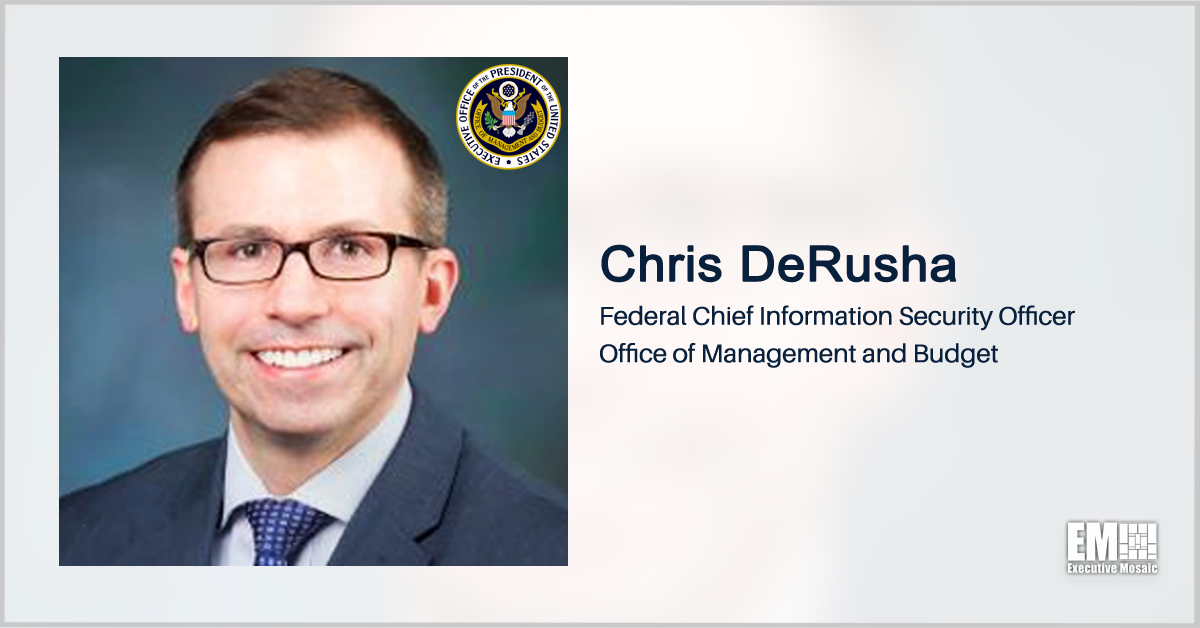Chris DeRusha, the federal chief information security officer (CISO) and 2021 Wash100 Award, said agencies will follow a more specific scope of things to assess in their next annual information security reports to the Office of Management and Budget (OMB).
The Federal Information Modernization Act tasks agencies to produce their own information security reports for OMB’s record, Nextgov reported Tuesday.
DeRusha said reducing the scope to a more priority-specific list based on security practices can produce better results compared to last year’s. This move addresses recent cybersecurity incidents witnessed by the U.S. government.
“It’s been a goal for a while, but we’re doubling down on that and making sure that we’re giving agencies some space to be able to focus on that,” he said.





